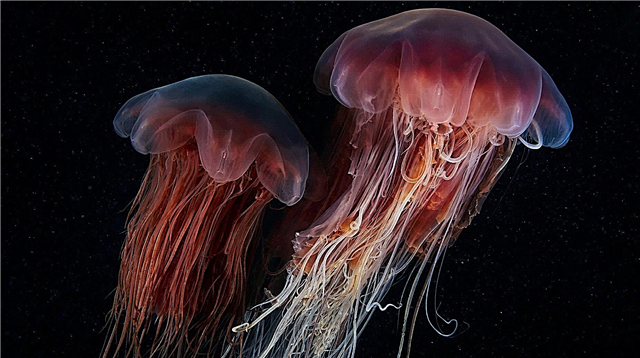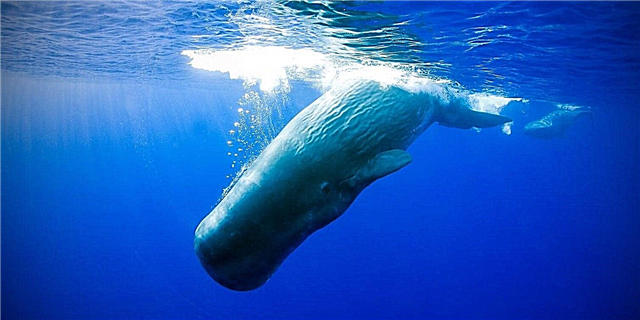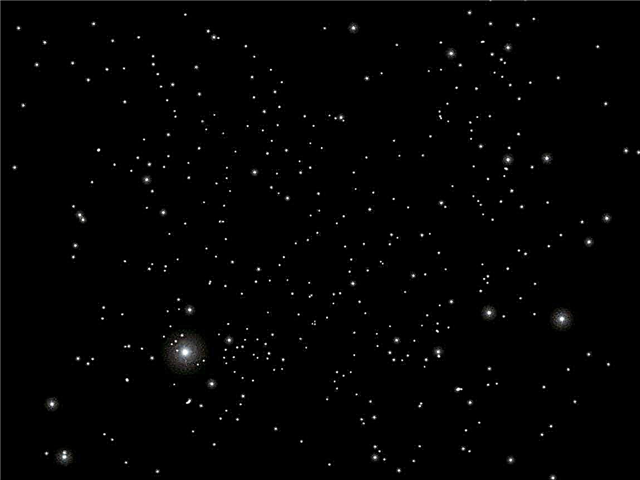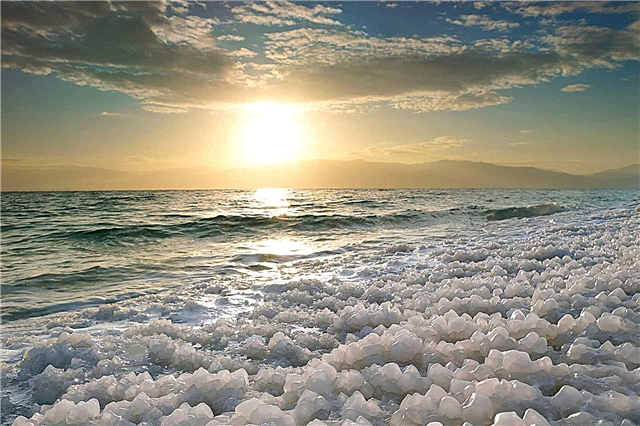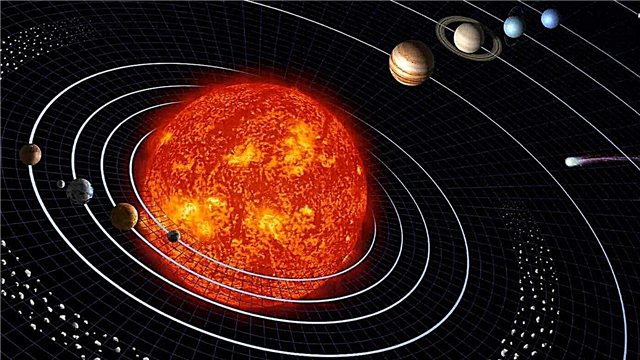
Large settlements appeared on the planet as early as 7000-5000. Urbanization came into its own.
According to the United Nations, as of 2018, more than 24 million people live in each of the world's most populated cities (metropolitan areas).
Fifth Place - Seoul

Area - 2,745 km2, number of inhabitants - 24,210,000, population density - 8,800 people. / km2. In 4000 BC on the banks of the Hangan River, in the heart of the Korean Peninsula, the first settlements appeared. In 18 BC Vireson was created - the city that became the capital of the state of Baekje. In 1948, surrounded by hills and hills, the village was called Seoul. Today, the capital of the Country of morning freshness resembles a futuristic city of the future, which is home to a quarter of the state’s population. If you climb one of the mountains surrounding it, you can see bizarre-shaped skyscrapers, neon signs and helicopters starting from the rooftops. More than 20 thousand enterprises are concentrated here, and the headquarters of world holdings are located.
Along with giant houses and ultra-modern buildings, the city has green parks, ancient pagodas, ancient palaces and Buddhist temples. Seoul carefully preserves its heritage. The capital of the Republic of Korea invites travelers to get acquainted with the masterpieces of architecture: the palaces of Chandokkun, Gyeongbokgung, Toksugun and the Jongmyo Shrine. And here, a 140-meter-high fountain bridge, connecting the banks of the Hangan River, is poured in all colors of the rainbow.
Fourth Place - Manila

Area - 1 813 km2, number of inhabitants - 24 650 000, population density - 13 600 people. Manila is a sunny metropolis on the island of Luzon, the capital of the Philippines and a complex puzzle assembled from several cities connected in a single agglomeration. The cultural, economic and political center of the country makes a double impression. On the one hand, these are ultramodern areas, striking with futuristic buildings and giant shopping centers, on the other - ruin, poverty of urban slums, multi-kilometer traffic jams and street sewage. Here Pasig flows - one of the dirtiest rivers on the planet. The metropolis combines dilapidated huts, modern buildings and architectural evidence of the Spanish colonial era, creating a unique atmosphere that cannot be found anywhere else in the world. For experienced guests of Manila, visit Binondo's Chinatown, founded in 1594, Manila Cathedral, Fort Drum, San Sebastian Church, Coconut Palace and Risal Park dedicated to the Philippine leader of the liberation movement, Jose Risal. Area - 2 202 km2, number of inhabitants - 27 280 000, population density - 12 400 people. In the north-west of India, on the banks of the Yamuna River, Delhi is spread - the capital and the most rapidly developing city in the country. According to UN statistics, in 2030 about 36 million people will live here. Today, Delhi is a huge number of cars, the usual chaos of streets, historical monuments and the aroma of flowering gardens. The city is divided into two different parts. Built by the British, New Delhi demonstrates a continuous whirlpool of life, dazzling with the splendor of modern buildings, nightclubs and five-star hotels. Old Delhi immerses its guests in the mysterious atmosphere of narrow streets, low buildings and an unimaginable crowd of people and pets. The main Indian metropolis is one of the oldest settlements in the country. The city of Indraprastha, which in 756 AD renamed Delhi, was formed 5 thousand years ago. Its eventful and long history is reflected in popular attractions - 60 thousand of them are included in the UNESCO World Heritage List. The area is 3 302 km2, the number of inhabitants is 32,275,000, the population density is 9,800. Once in the capital of Indonesia and the largest population center of the state, travelers experience conflicting feelings. Arriving in the metropolis are immersed in the atmosphere of giant skyscrapers, panel houses, anthills, poor neighborhoods and busy streets. Jakarta takes 3rd place in the ranking of the most polluted cities in the world. Due to the lack of a modern waste management system, citizens burn waste in the yards. But those who have learned to ignore the indestructible smog, the ubiquitous dirt and urban landscapes, will be rewarded. The city in the north-west of the island of Java, the first records of which date back to the year 397, carefully preserves the great historical monuments: the Istiklal Mosque, the Jine-Yuan Temple and the Taman-Sari water palace complex. There is something to do for beach lovers. On the northern coast lies the Thousand Islands District - an archipelago consisting of 110 small tropical islands - a paradise for fans of untouched nature, crystal clear water and fantastic corals. The most populated city in the world is Tokyo.. Area - 8 547 km2, number of inhabitants - 38 050 000, population density - 4 500 people. 29% of all citizens of the Land of the Rising Sun live in Tokyo. Multilevel urbanization, the intricacies of railway lines and roads, limited space - these are the things the city offers its inhabitants. The size of a standard apartment here does not exceed 15 m2. A huge number of people who chose the metropolis and are included in the agglomeration of the suburbs as their home, led to an increase in temperature - here it is 10 ° C above average. But despite overcrowding, Tokyo is famous for its perfect street cleanliness and safety. From an architectural point of view, the capital of Japan is an inexpressive place filled with laconic buildings and high-tech structures. Therefore, the sights of Tokyo - witnesses to its 561-year history are of particular value. The pearl of the metropolis is the Imperial Palace, surrounded by a picturesque park, canals and ancient buildings. You can feel the special eastern energy of the city by visiting the Meiji Temple and Asakusa quarter, which includes Buddhist temples, the ritual gates of Kaminarimon and the oldest shopping street, Nakamise. Talking about the most populated cities in the world, it would be unfair to ignore Moscow. And although it is not one of the five largest megalopolises of the planet, the accession of new territories and the constantly growing number of inhabitants in the near future will allow Zlatoglava to take an honorable place in the rating of the largest settlements of the Earth. Already, the capital of Russia is a leader among European cities in terms of occupied space. Area - 2 561 km2, number of inhabitants - 12 506 468, population density - 4 834 people. / km2. Read our article in more detail: the largest cities in Russia. The origins of the city on the Moscow River go back to 1147. However, according to archaeologists, the first settlements appeared here as early as 2 millennium BC. Over the centuries, White Stone has seen many events. The ancient walls witnessed the invasion of the horde of Batu Khan in 1238, and the liberation from the Polish invaders in 1612, and the fire of 1812, and the Victory Parade of 1945. The history of the capital is reflected in its sights, 4 of which - the Novodevichy Convent, the Kremlin, the Ascension Church and Red Square - are included in the UNESCO World Heritage List. Today Moscow is a multifaceted city, which has absorbed the greenery of picturesque parks, the grandeur of wide avenues, large traffic jams, the silence of sleeping areas. The most densely populated cities in the world with a population density of tens of thousands of people per 1 km2 are Seoul, Manila, Delhi, Jakarta and Tokyo.All of them are located in Asia, and this is the inexplicable paradox. Indeed, according to statistics, Asian countries are distinguished by a significant preponderance of the inhabitants of villages and villages (65% of the total population) over the townspeople (35%).
Third Place - Delhi

Second Place - Jakarta

The most populated city in the world


Moscow is on the list of the most populated cities in the world




